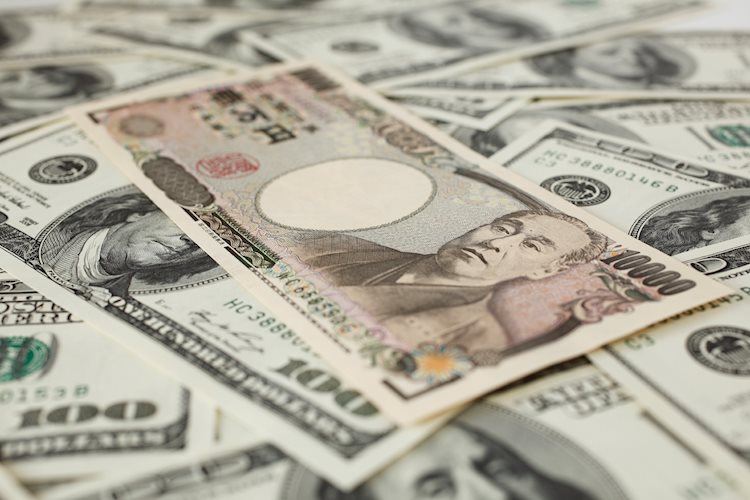The Japanese Yen (JPY) saw an appreciation against the US Dollar (USD) after Tokyo’s Consumer Price Index (CPI) data indicated a rise in inflation, reinforcing the Bank of Japan’s (BoJ) hawkish monetary policy stance. This led to downward pressure on the USD/JPY pair. Tokyo’s CPI increased to 2.6% year-on-year in August, up from 2.2% in July. Additionally, Japan’s Unemployment Rate unexpectedly climbed to 2.7% in July, marking the highest jobless rate since August 2023. The USD managed to maintain its recent gains following stronger-than-expected economic data released on Thursday.
Market analysts are anticipating at least a 25 basis point rate cut by the Federal Reserve at its September meeting. Federal Reserve Atlanta President Raphael Bostic, a key member of the FOMC, hinted at the possibility of rate cuts due to cooling inflation and a higher-than-expected unemployment rate. However, he emphasized the need for confirmation from upcoming economic reports before the Fed’s September meeting. The US Gross Domestic Product (GDP) grew at an annualized rate of 3.0% in the second quarter, surpassing expectations. Strong economic data such as this may constrain further gains for the USD.
Investors are closely watching for clues about the future direction of US interest rates, with the release of July’s US Personal Consumption Expenditure (PCE) Price Index scheduled for later in the North American Session. Japan’s Finance Minister highlighted that foreign exchange rates are influenced by various factors, including monetary policies, interest rate differentials, geopolitical risks, and market sentiment. He emphasized that predicting the impact of these factors on FX rates is challenging.
Technically, the USD/JPY pair is currently below 145.00, indicating a weakening bearish bias. However, the pair remains positioned above the downtrend line, with the 14-day Relative Strength Index (RSI) above 30, confirming the bearish trend. On the downside, the pair could test support levels at 144.50 and potentially retrace to the seven-month low of 141.69. Resistance levels are seen at the nine-day Exponential Moving Average (EMA) around 145.15.
The Japanese Yen’s value is influenced by various factors such as the performance of the Japanese economy, the Bank of Japan’s policy decisions, and risk sentiment among traders. The Bank of Japan often intervenes in currency markets to control the value of the Yen. The BoJ’s ultra-loose monetary policy has caused the Yen to depreciate against other currencies, especially as other central banks have opted to increase interest rates. The Japanese Yen is considered a safe-haven investment, with investors turning to it in times of market stress for its perceived reliability and stability.
In conclusion, the Japanese Yen’s recent appreciation against the US Dollar reflects the strengthening of Tokyo inflation figures and the BoJ’s hawkish stance on monetary policy. As central banks around the world navigate economic challenges, investors will continue to monitor key economic indicators and policy decisions to gauge the future direction of currency pairs like the USD/JPY. The interplay of global economic factors and geopolitical risks will continue to influence the value of the Japanese Yen in the coming months.











